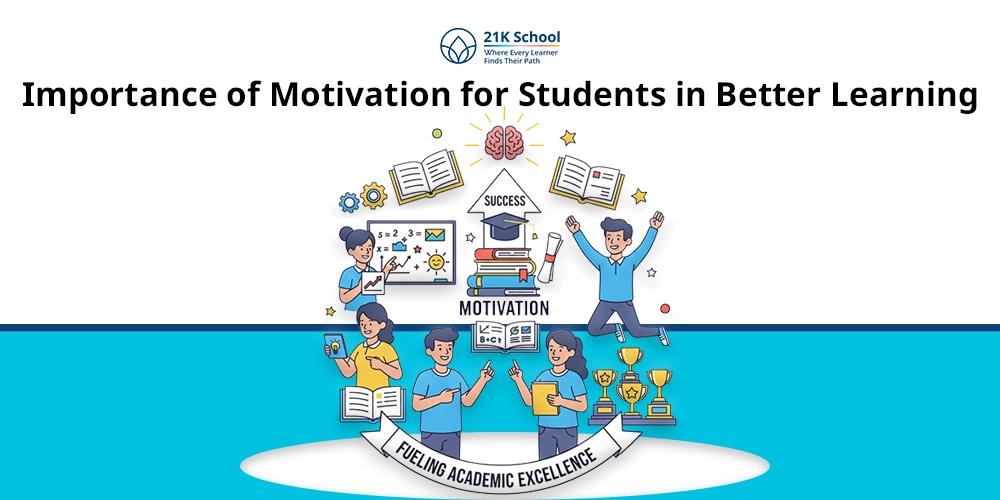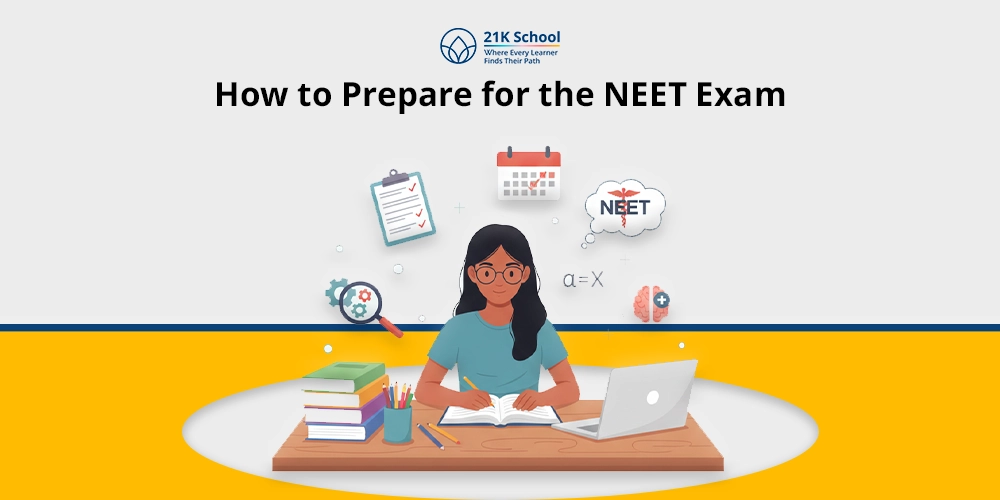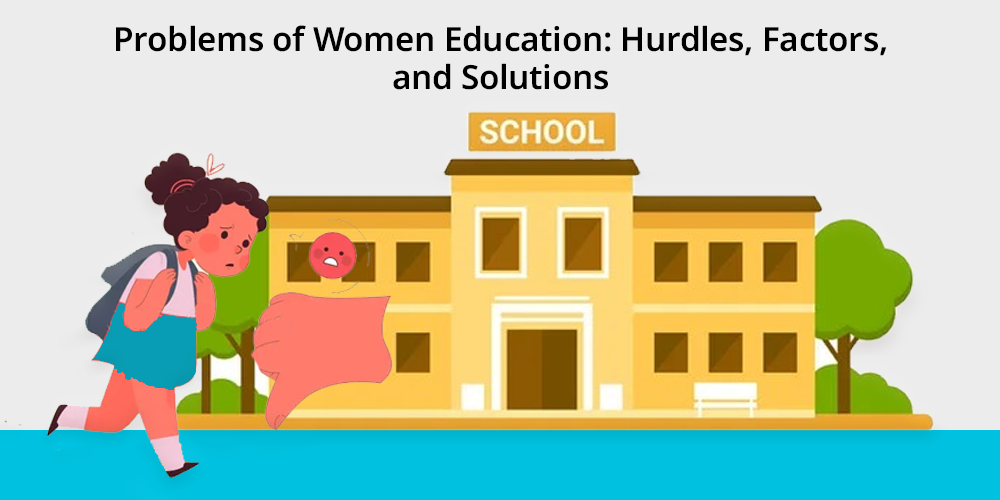
Everyone has a right to education which helps people and societies grow both socially and economically. It helps people access more opportunities, influences their confidence and links families in communities.
At the same time, many women and girls worldwide are still struggling to get access to education. According to UNESCO, nearly 129 million girls globally are not in school.
And of those, 32 million are in primary school and 97 million in secondary school. Teaching girls is needed, not only for equality.
But also to cut down on poverty, improve health and help the whole community advance. Having an education makes women more likely to work, stand up for their rights and see that their own kids are educated.
Many problems in society, the economy, culture and organizations continue to limit education for women, mainly in the developing world. This article talks about the main challenges in women’s education and presents solutions to solve them.
Table of Contents
Top 7 Problems of Women Education

Women have barriers to learning such as gender inequality, early marriage, poverty, difficulties in getting to school and cultural regulations. Girls in a lot of regions are told that household tasks matter more than studying.
Lack of safety, not having female teachers and inadequate sanitation prevent many from attending. This barrier closes doors for women in building their careers, being economically secure and supporting society.
Handling these problems matters greatly for achieving both equality for men and women, and sustainable progress.
1. Problems Caused by Cultures and Societies
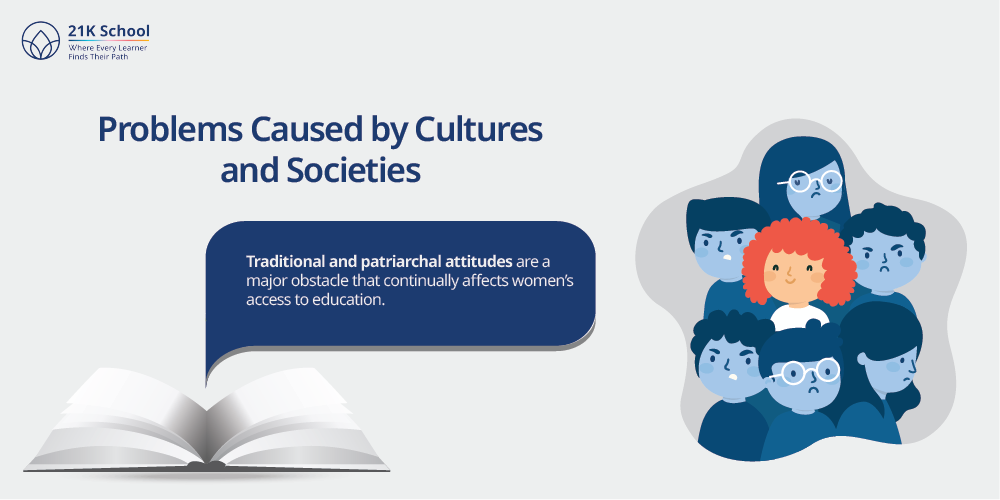
Traditional and patriarchal attitudes are a major obstacle that continually affects women’s access to education.
- Gender Discrimination
Societies often view girls mainly as people who will grow to be wives and mothers. So, educating girls is not prioritized like it is for boys. Limited resources usually cause parents to think about their sons’ education before their daughters’.
- Marriages and Early Childbearing
Where child marriage is common, many girls are driven to leave school before their time to marry and have children. Early pregnancies often mean they cannot attend school because of prejudice and the possible health difficulties that arise.
- Household Responsibilities
Girls are more often expected to look after their siblings, prepare meals and tidy the house. The amount of work they do keeps kids from going to school and learning in many rural or poor communities.
2. Economic Constraints
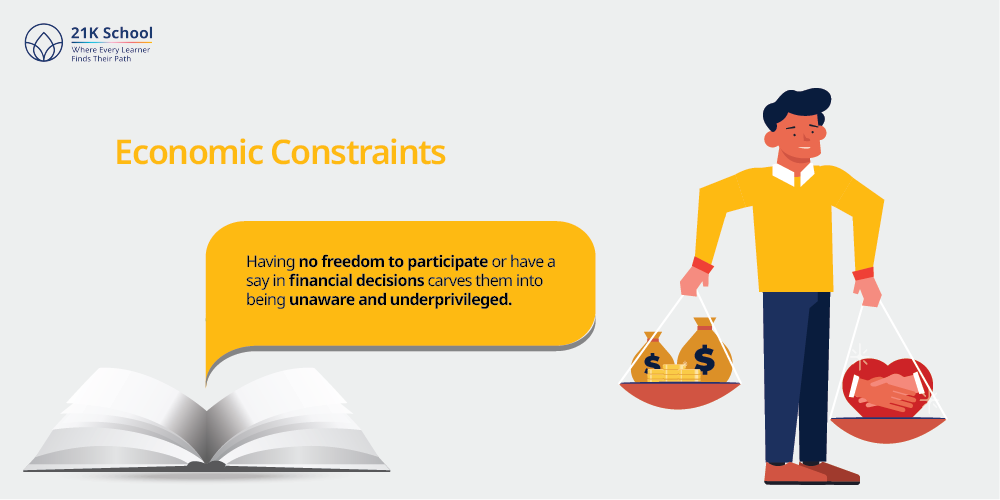
It is harder for those living in poverty to get an education and these difficulties mostly affect girls. Having no freedom to participate or have a say in financial decisions carves them into being unaware and underprivileged.
- Educational Cost
Even schools where tuition is free may have expenses such as buying uniforms, books and paying for travel. Poor families often find it hard to pay for these, their sons are more often the ones who are educated.
- Opportunity Cost
Low-income families often need children and especially girls, to do many household chores. Because girls can work in fields, sell produce or perform housework, families view schooling as something that costs money.
- Lack of Adequate Toilet Facilities
Because secondary school sanitation facilities are often absent, many girls choose to drop out once they get older. Many girls will skip school if they are menstruating because they lack access to clean and private washrooms.
3. Problems with Safety and Security
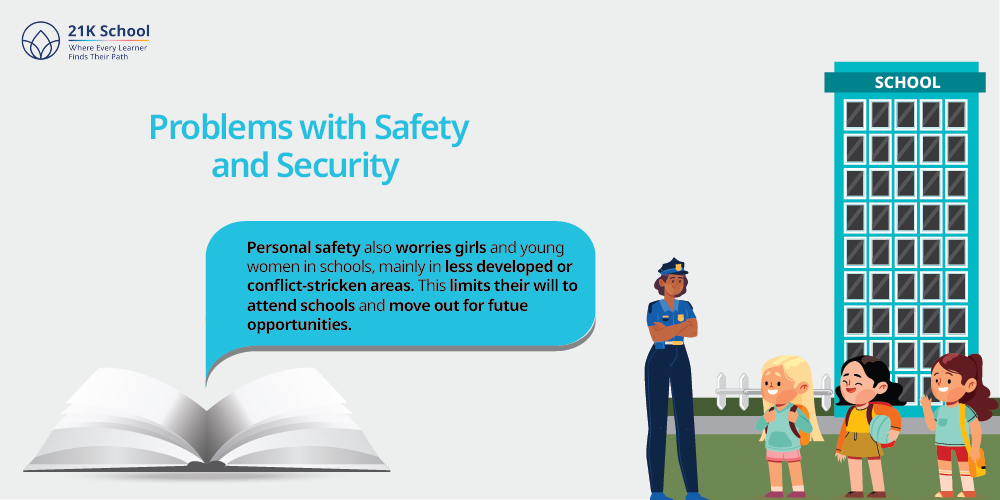
Personal safety also worries girls and young women in schools, mainly in less developed or conflict-stricken areas. This limits their will to attend schools and move out for futue opportunities.
- School Is Far Away
Girls often must travel long distances to get to school. There is a risk of harassment, assault or even being sold into trafficking. So many parents decide to keep them home.
- The Challenge of Violence
Sometimes, girls are sexually harassed or abused by other students or even their teachers. Without clear rules, victims rarely speak out and many parents choose to remove their daughters from school for safety.
- Conflict and Crisis Scenarios
War, terrorism or natural disasters may destroy schools or make them unsafe, so armed groups sometimes take them over. With emergencies, girls are most affected, as they can worsen inequality faced by them.
4. Not Enough Female Teachers and Role Models
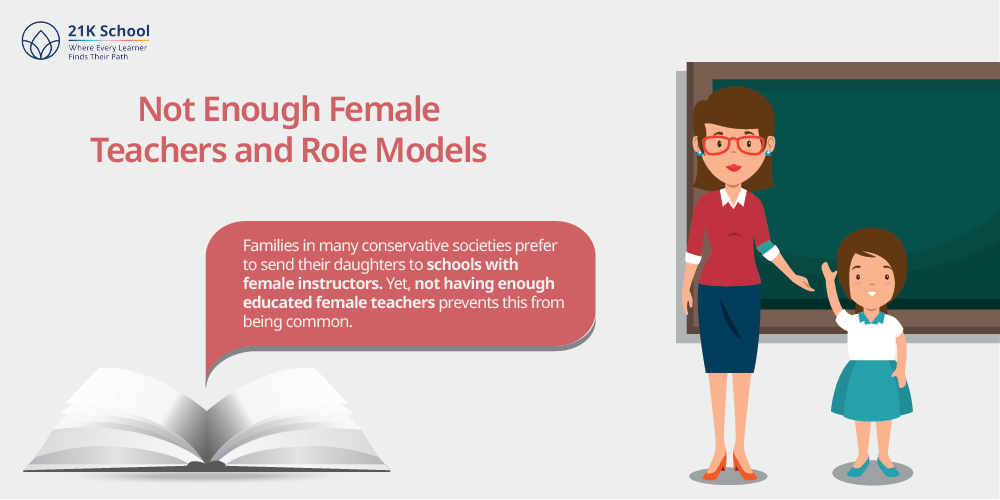
Families in many conservative societies prefer to send their daughters to schools with female instructors. Yet, not having enough educated female teachers prevents this from being common.
- Cultural Sensitivities
In places where gender segregation is strong, girls are commonly kept apart from male teachers after becoming teenagers. Because schools often have only male teachers, more adolescent girls drop out.
- Motivation and Guidance
Being examples for girls, female teachers can inspire them to focus on their education and careers. Because girls rarely see examples of successful women in their upbringing, many young women are without role models.
5. Low Quality of Education and Facilities
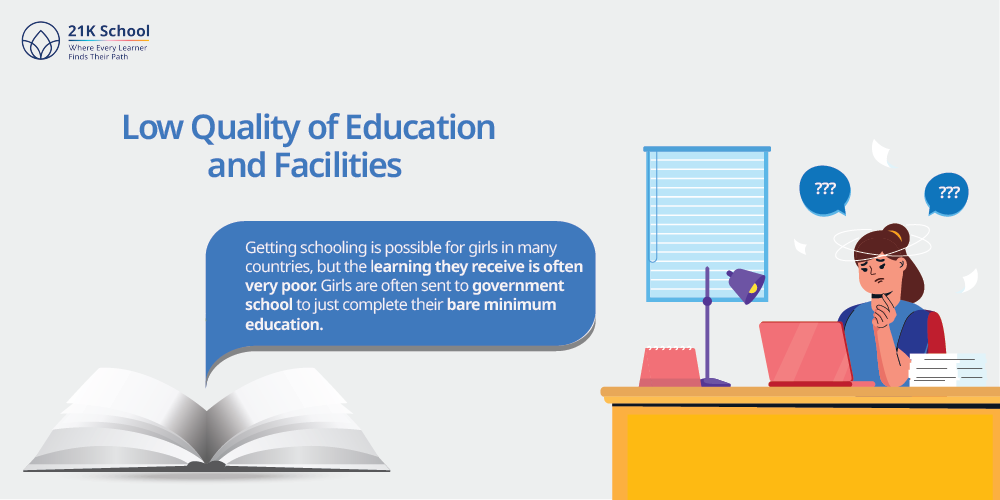
Getting schooling is possible for girls in many countries, but the learning they receive is often very poor. Girls are often sent to government school to just complete their bare minimum education.
- Untrained Teachers and Overcrowded Settings
There is a lack of basic educational resources, unqualified teachers and crowded classrooms in many developing countries. Girls might find it tough to learn in such conditions when their specific requirements are unmet.
- Disconnected Curriculum
The lessons at school can be disconnected from girls’ real personal experiences and confirm traditional gender views. When textbooks portray only women doing household tasks, they miss out on encouraging gender equality or ambition.
- Lack of Access to Technology
Because digital learning is gaining importance, many girls around the world cannot participate due to a shortage of necessary technology. Because of the digital divide, unequal access to education is exacerbated.
Read more on how technology can support students’ success.
6. Unclear or Missing Laws
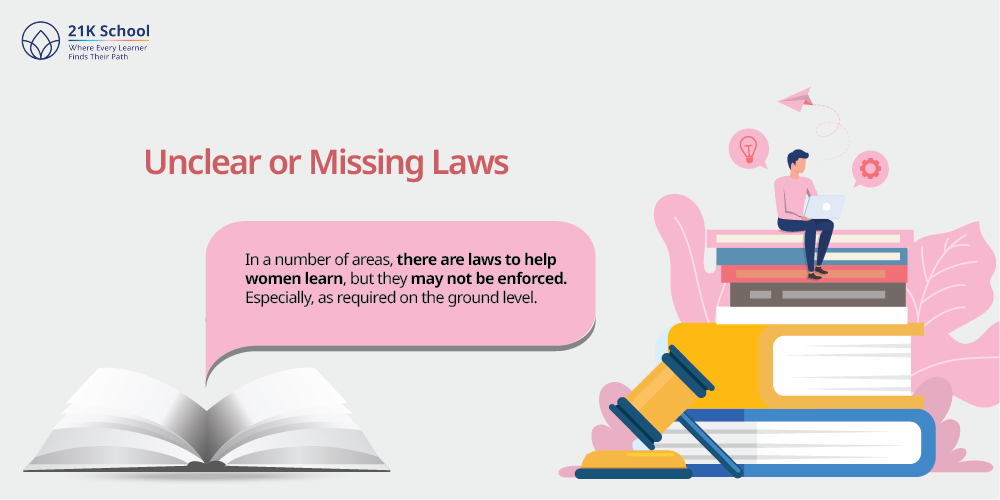
In a number of areas, there are laws to help women learn, but they may not be enforced. Especially, as required on the ground level.
- Not having Compulsory Education Laws
Without proper enforcement of school attendance laws, girls tend to miss out on education. Policies meant to improve gender equality in education may not be enforced by governments due to a lack of will.
- Lack of Proper Program Execution
Sometimes, scholarships and school feeding schemes created for girls are slowed down by cases of corruption or inefficiency. The support for schools may not be provided and families could miss out on learning about what’s available to them.
7. Forces Influencing Mental Well-Being
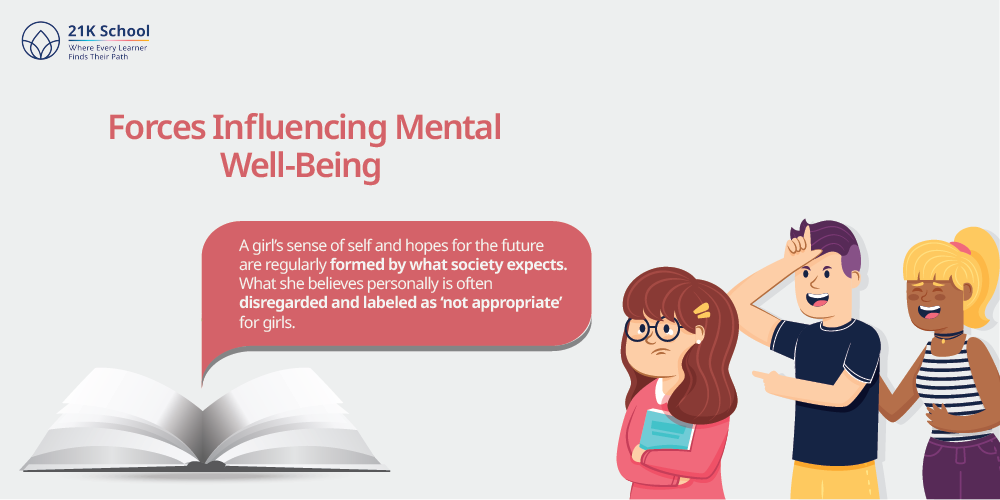
A girl’s sense of self and hopes for the future are regularly formed by what society expects. What she believes personally is often disregarded and labeled as ‘not appropriate’ for girls.
- Not being Confident
Many females are taught that they are less skilled than men, mainly in science and math areas. As a result, students feel hesitant to get involved which lowers their performance.
- Being Judged by Peers and Labeled
Some conservative communities may mock or exclude high-achieving girls academically. Some communities criticize ambitious young girls because education seems to threaten the roles expected of women.
Learn about importance of girl’s education.
Tackling the Women Education Problems: Suggestions and Future Directions
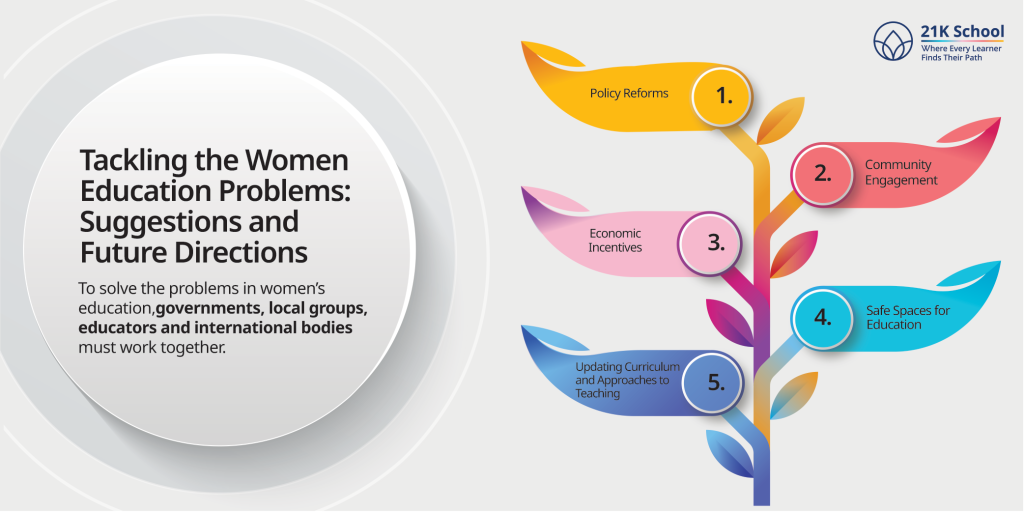
To solve the problems in women’s education, governments, local groups, educators and international bodies must work together.
1. Policy Reforms
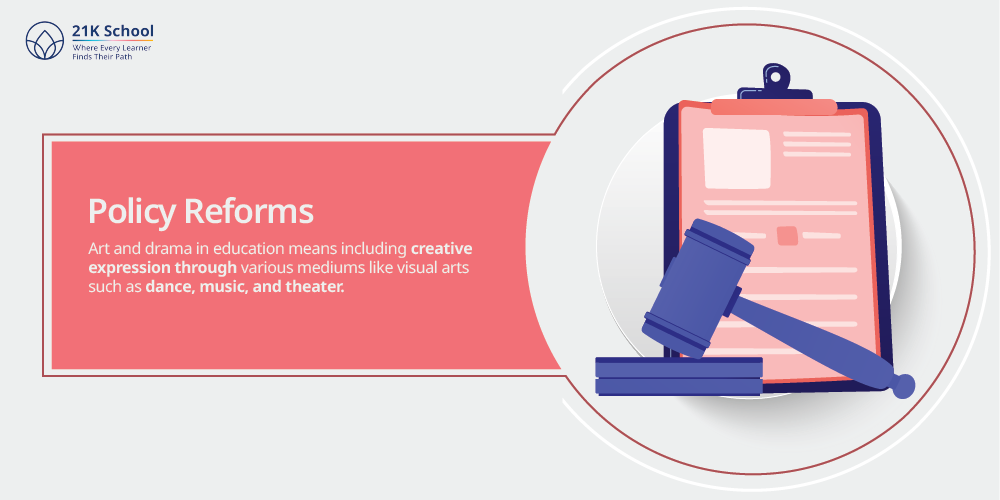
Every child has the right to receive free and compulsory education, and special steps should be taken for girls. Laws need to be applied to prevent child marriage and budgets should be created that favor women’s education.
Also go through National Education Policy to understand these laws and their implications as best.
2. Community Engagement
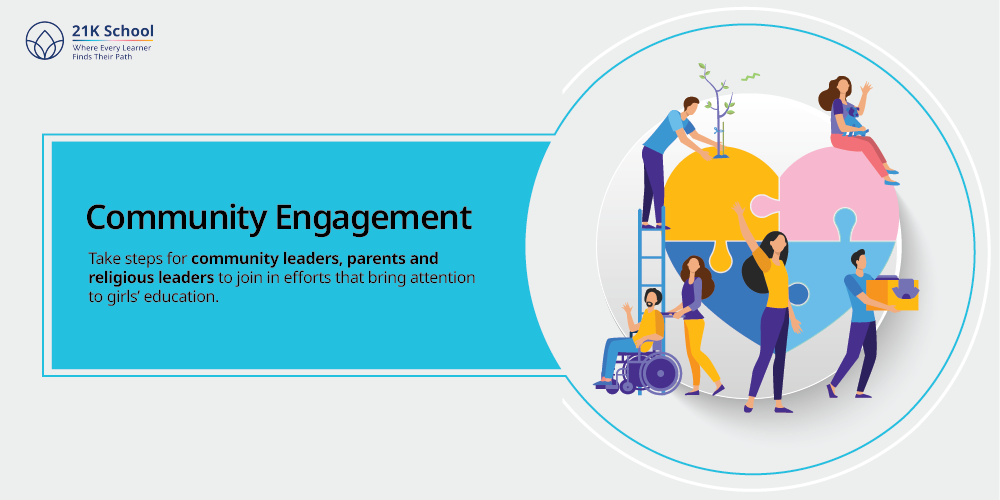
Transforming how society looks at age and gender restrictions is very important. Take steps for community leaders, parents and religious leaders to join in efforts that bring attention to girls’ education.
Education should be supported as something both important for people and for the development of communities.
3. Economic Incentives
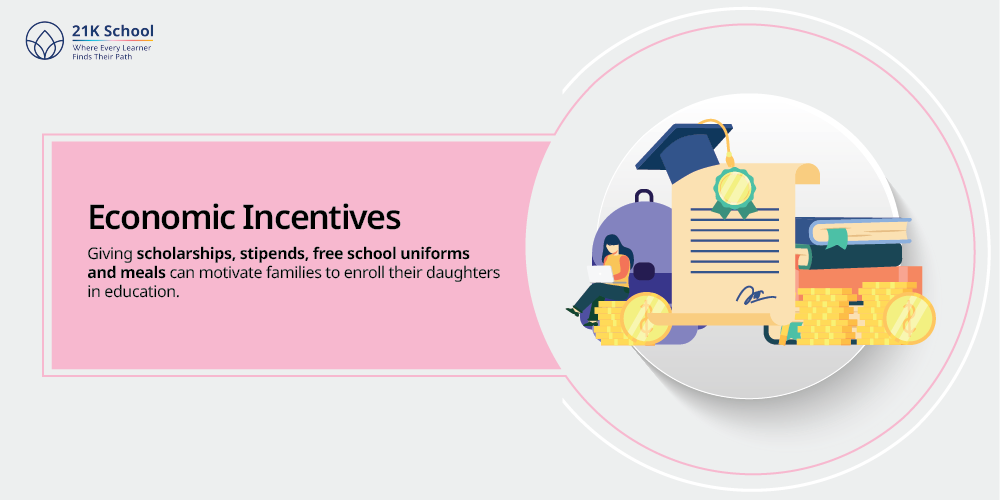
Giving scholarships, stipends, free school uniforms and meals can motivate families to enroll their daughters in education. Conditional cash transfer schemes have helped a lot to get more girls into school.
4. Safe Spaces for Education
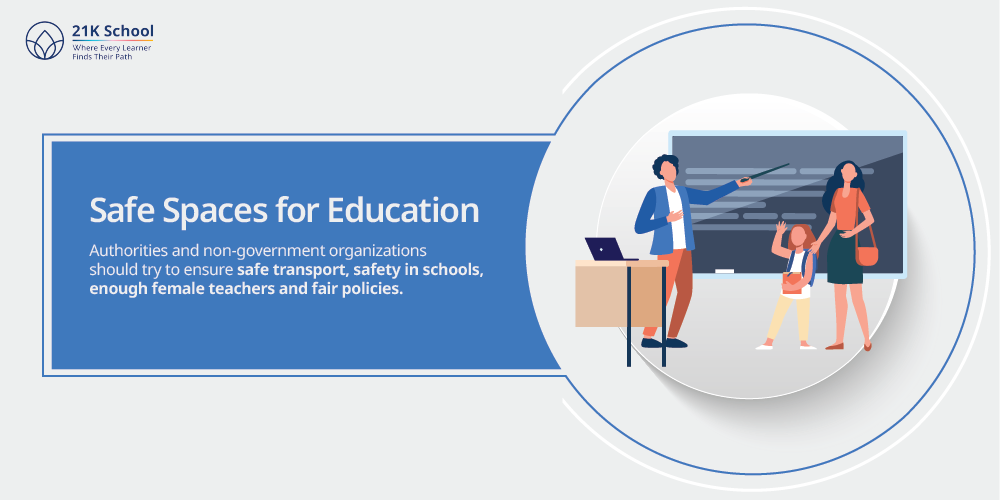
Authorities and non-government organizations should try to ensure safe transport, safety in schools, enough female teachers and fair policies. Schools should set up anti-harassment laws and procedures for handling grievances.
5. Updating Curriculum and Approaches to Teaching
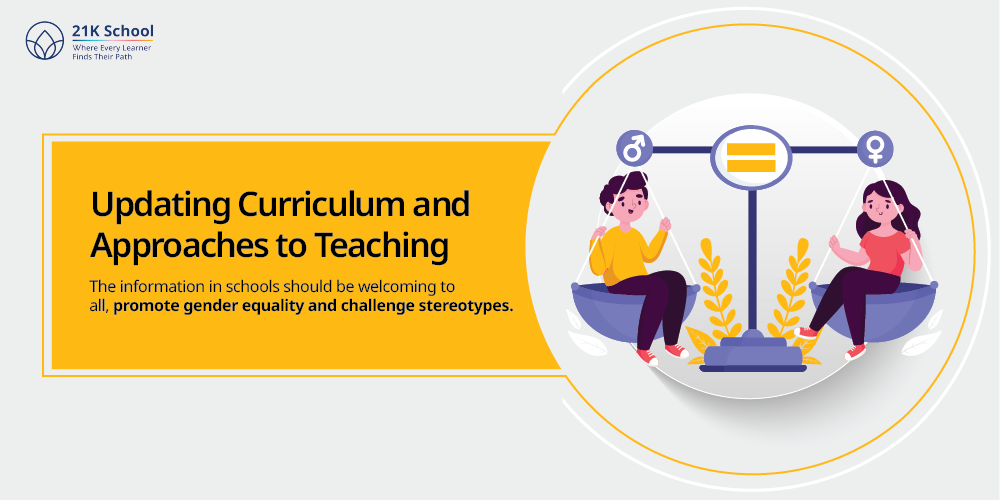
The information in schools should be welcoming to all, promote gender equality and challenge stereotypes. All teachers should know how to address gender issues in the classroom and attempt to treat all students the same.
You should first know about what the curriculum in education is and think of how and what changes are needed.
Elements That Affect Women Education

Many different things affecting each other contribute to whether girls are able to enroll in, continue and complete education. Understanding the systemic factors is important before addressing the particular issues:
1. Socio-cultural Norms
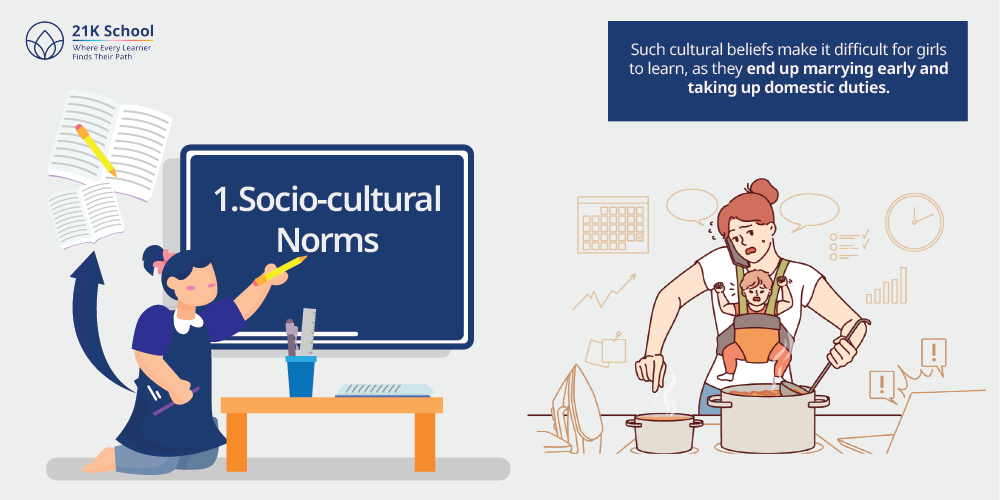
In numerous communities, it is expected that women will stay at home, not go to work or study. Such cultural beliefs make it difficult for girls to learn, as they end up marrying early and taking up domestic duties.
2. Economic Status

Women encounter major hurdles to education because of poverty. Often, sons are chosen for education over daughters since it is believed that sons will eventually generate more income.
3. Educating the Parents
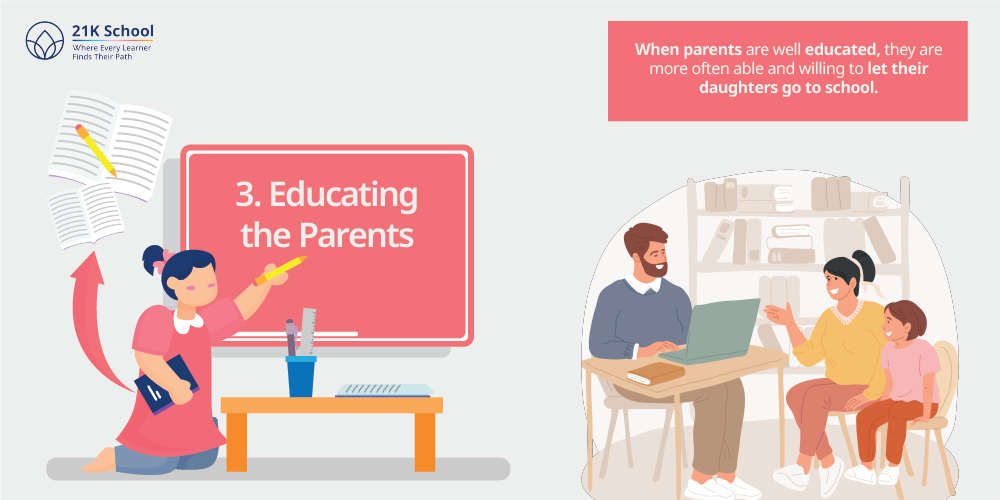
When parents are well educated, they are more often able and willing to let their daughters go to school. Those who do not possess formal education often have limited knowledge of why educating girls plays a big role.
4. Laws and Structures
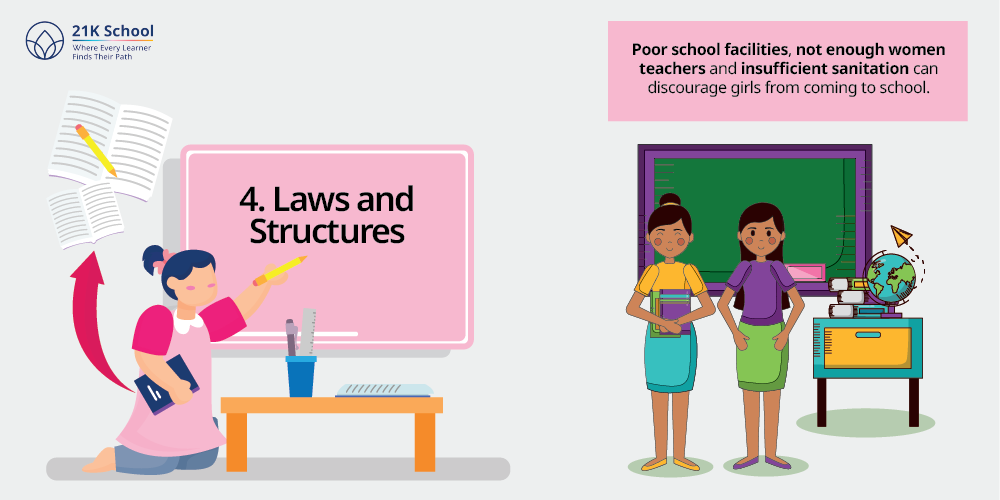
There are fewer opportunities for girls in secondary and higher education because schools are not always available. Poor school facilities, not enough women teachers and insufficient sanitation can discourage girls from coming to school.
5. Religion and Regional Variations
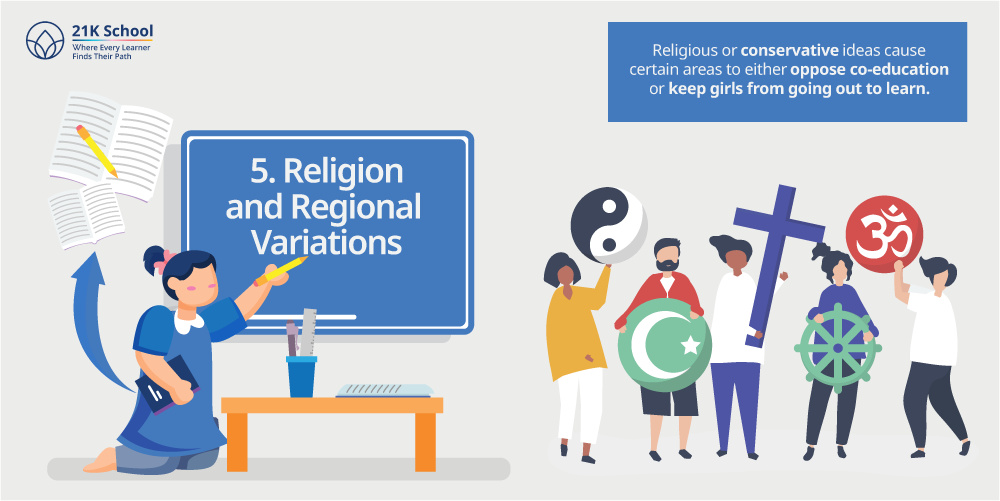
Religious or conservative ideas cause certain areas to either oppose co-education or keep girls from going out to learn. They are applied differently depending on the area, group and people in charge.
Conclusion
The issues facing women in education exist, but they can be dealt with. If societies understand what affects girls’ access to education and solve their specific challenges, they can achieve better results.
When women are educated, the change goes beyond just their lives and affects family, community and the nation as well. Teaching women advances the local economy, cuts down on child deaths, ensures families are healthy and makes democracy stronger.
Empowering girls to access education helps build a world where everyone enjoys justice and fairness. Cooperation between governments, educators, families and communities is important to prevent any girl from getting left out.

